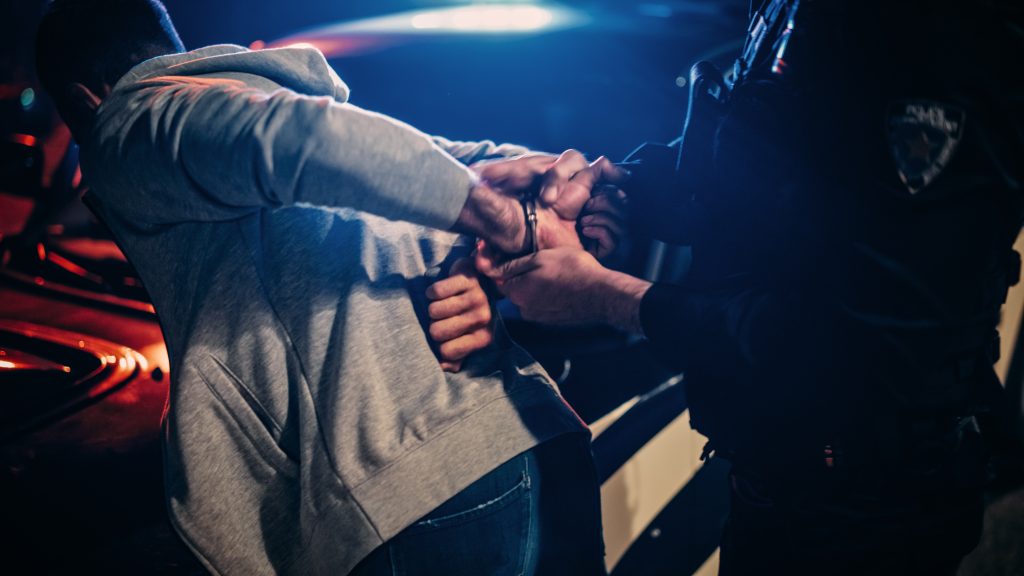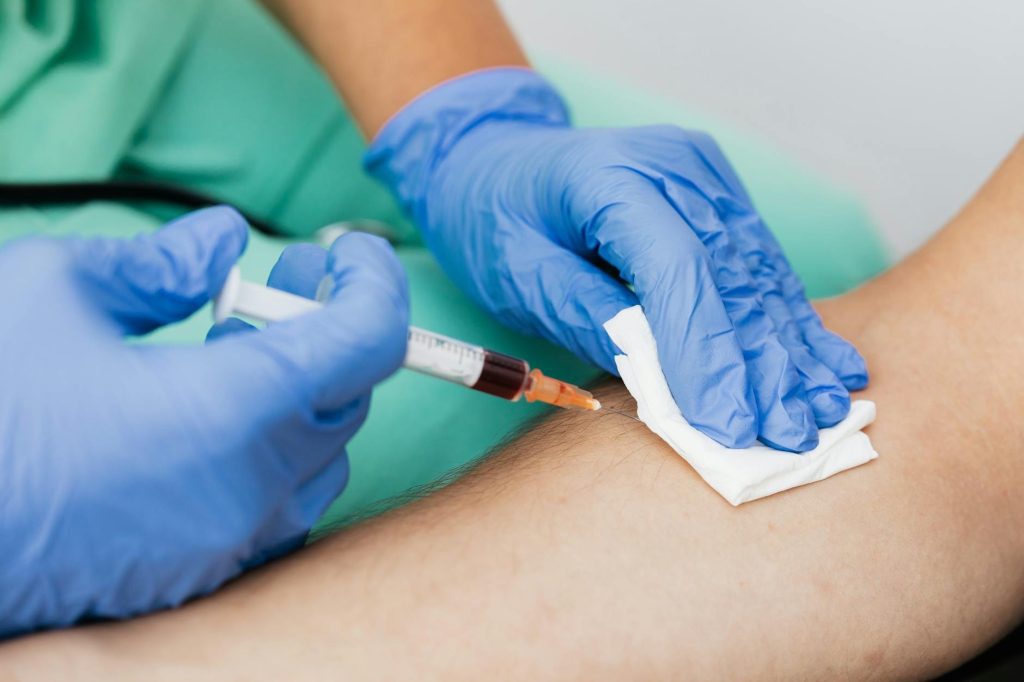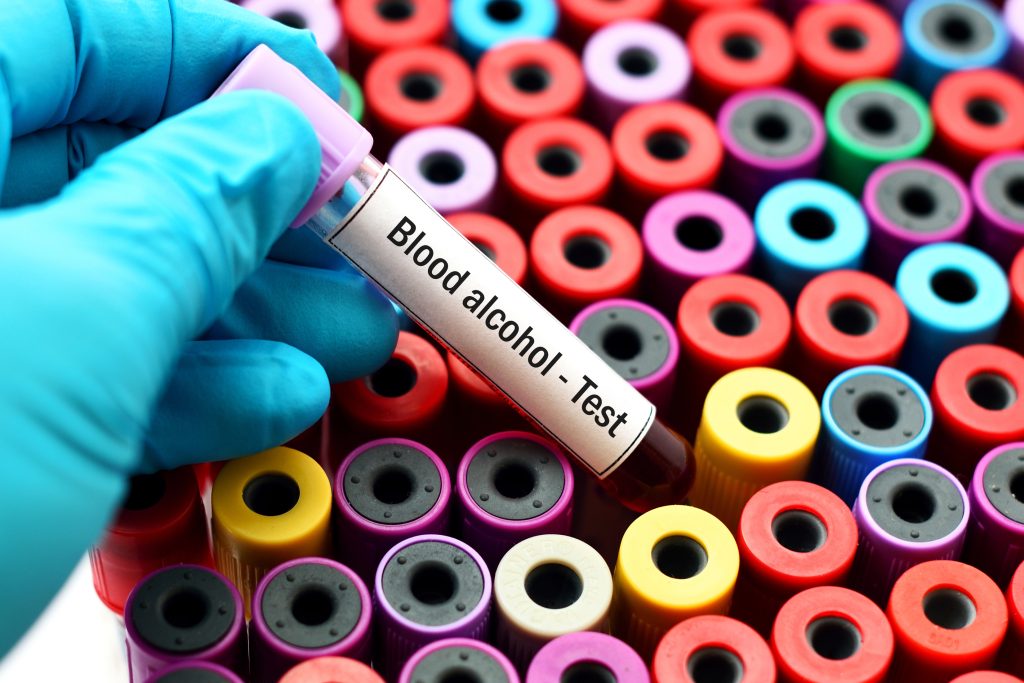DWI Blood Testing: The Science Behind DWI Testing in Galveston County
When you’re pulled over on suspicion of DWI in Galveston County, the officer’s investigation is just beginning. What happens next often involves a request for a chemical test to measure your blood alcohol concentration (BAC). Blood testing reveals the amount of alcohol or drugs in a driver’s system, which is crucial evidence in a DUI investigation. Most states have implied consent laws requiring drivers arrested for DUI to submit to a blood test when requested by law enforcement.
In most states, officers must obtain a warrant or valid consent to draw blood from a DUI suspect. Refusing a chemical test can result in penalties affecting your driver’s license. The “science” behind these tests can seem intimidating, but understanding it is the key to a strong defense. The two main types of tests you’ll encounter are breath tests and blood tests, and they are far from equal. Both are used to determine blood alcohol content, but their accuracy and legal implications differ. Breath testing is the most common method used by law enforcement, but blood tests are often used to support a DWI charge in Galveston County.

Let’s break down the science, the machines, and why having a DWI defense lawyer who understands forensic toxicology is so critical.
The Two Faces of Breath Testing: PBT vs. Intoxilyzer 9000
Police use two different types of breathalyzers in a DWI investigation, and it’s vital to know the difference.
In some cases, law enforcement may also request a urine test as an alternative chemical test during a DUI investigation.
1. The Portable Breath Test (PBT)
This is the handheld device an officer might ask you to blow into on the side of the road. It’s a screening tool, nothing more. PBT results are notoriously unreliable and are not even admissible in court to prove your specific BAC level.
Why? PBTs use a fuel cell sensor that can react to more than just ethyl alcohol (the kind you drink). Things like mouthwash, breath spray, certain medical conditions like GERD or diabetes, and even some foods can trigger a false positive. Its purpose is only to help the officer establish probable cause for an arrest. Refusing the PBT is often a wise choice, but be aware that you will almost certainly be arrested and asked to take a formal test at the station.
2. The Intoxilyzer 9000
If you are arrested and consent to a breath test, you will be taken to the police station and asked to blow into a much larger machine: the Intoxilyzer 9000. This is the official breath testing instrument used in Galveston County and across Texas. Breath testing with the Intoxilyzer 9000 is the common method used by law enforcement to estimate BAC.
Unlike the PBT, the Intoxilyzer 9000 uses infrared spectroscopy to measure alcohol. It shines an infrared light through your breath sample and measures the amount of light absorbed by the alcohol molecules. The machine then uses a scientific formula, known as Henry’s Law, to convert the amount of alcohol in your breath into an estimate of the alcohol in your blood.
Here’s the problem: it’s still just an estimate.
The Flaws of Breath Testing
The Intoxilyzer 9000 might look impressive, but it’s built on a foundation of assumptions. For its calculation to be accurate, it assumes a “breath-to-blood partition ratio” of 2100:1. This means it presumes that the amount of alcohol in 2,100 milliliters of your breath is equal to the amount in 1 milliliter of your blood.
But is that true for everyone? Absolutely not. Scientific studies have shown that this ratio can vary from person to person, ranging from 1100:1 to over 3000:1. Various factors, including body temperature, breathing patterns, and unique physiology, can all affect this ratio. A person with a lower ratio could have a BAC reading that is artificially inflated by the machine. The Intoxilyzer is a one-size-fits-all device in a world where everyone is different.
Furthermore, these machines must be properly calibrated and maintained by a qualified technical supervisor. Their records must be meticulously kept. If the breath sample is not properly tested, the results may be scientifically invalid. If they aren’t, the results are scientifically invalid.
Blood Testing: The Gold Standard of Toxicology
So, if breath testing is just a sophisticated estimate, what’s the alternative? A blood test. When performed correctly, blood testing is the most accurate method for determining a person’s BAC. Blood samples are generally considered more accurate than breath or urine samples for measuring blood alcohol concentration (BAC). It doesn’t estimate; it directly measures the amount of alcohol present in your blood. This direct measurement is what makes blood testing more reliable than other methods, as it provides a precise and dependable assessment of alcohol levels.

The scientific method used for this is called Gas Chromatography with a Flame Ionization Detector (GC-FID). This is the gold standard in forensic toxicology. Testing methods such as Gas Chromatography–Mass Spectrometry (GC-MS) can produce precise measurements of both alcohol and drugs in blood samples. Lab analysis is performed in specialized labs to ensure accurate results and proper handling of the blood samples.
Here’s how it works:
- Sample Preparation: Medical personnel are required to draw blood for the sample, ensuring that proper collection procedures are followed. A small, precise amount of your blood is placed in a sealed vial. The vial is heated, causing any alcohol in the blood to turn into a gas and fill the empty space at the top of the vial (the “headspace”).
- Injection: A needle extracts a sample of this gas from the headspace and injects it into the gas chromatograph.
- Separation: The gas sample travels through a long, thin, coiled tube (the column). Different chemical compounds move through the column at different speeds. This process separates the alcohol from any other substances that might be present.
- Detection and Measurement: As the separated alcohol exits the column, it passes through a flame. The detector measures the electrical charge produced when the alcohol burns, and the machine’s software calculates the exact concentration.
Blood testing is generally more accurate and less susceptible to contamination than urine tests, as it provides a direct measurement of blood alcohol concentration and is less likely to be affected by external factors.
This process is far more specific and reliable than breath testing because it isolates and directly measures the ethyl alcohol in your blood. Accurate results depend on proper lab analysis and testing procedures performed in certified labs. Inflammatory substances in the blood, such as lactic acid, can sometimes produce a false positive result in blood tests.
Where Does the Blood Go?
In Galveston County, if you consent to a blood draw, your sample is typically sent to the Texas Department of Public Safety (DPS) crime lab in Houston for analysis. Blood can be taken by medical professionals at a hospital or clinic using a blood testing kit that officers carry with them in their patrol cars. The blood is then sent to the DPS, and the results are sent to the District Attorney’s Office once testing is complete.
The results of blood tests may not be readily available for weeks or even months after sampling, complicating the DWI legal process. If the police suspect the presence of drugs other than or in addition to alcohol, the sample may be sent to the main DPS crime lab in Austin, which is equipped for a wider range of drug testing.

Chain of Custody: Safeguarding the Evidence
Chain of custody stands as the ultimate fortress protecting the integrity of blood samples from the critical moment of collection through their powerful presentation as evidence in the courtroom battlefield. In DWI cases, this process serves as an unbreakable foundation ensuring that blood test results deliver devastating accuracy, rock-solid reliability, and bulletproof admissibility. Every single step in this formidable blood testing process—collection, storage, transport, and analysis—demands meticulous documentation to forge an impenetrable shield around the evidence’s integrity.
This relentless process launches when a qualified medical professional executes the blood draw from the subject, wielding strict protocols like a precision weapon to annihilate any possibility of contamination. The blood sample then gets sealed with military precision, labeled with unwavering accuracy, and transferred to law enforcement, who bear the crushing responsibility of ensuring proper storage and transport conditions. Once this precious evidence arrives at the laboratory, skilled technicians document every aspect of its receipt, storage, and each stage of analysis with surgical precision. Every individual who touches this blood sample must sign off, creating an unbreakable chain of accountability.
This chain of custody transcends mere bureaucratic formality—it serves as a formidable legal fortress. When any break occurs in this chain, whether through missing documentation, improper storage, or questions about sample handling, defense attorneys can launch devastating attacks against the blood test results’ validity. In numerous cases, a compromised chain of custody can obliterate blood test results from court consideration, delivering a crushing blow to the prosecution’s case.
Defense counsel will aggressively scrutinize every link in the chain of custody, hunting for any discrepancies that could suggest tampering, mislabeling, or contamination like bloodhounds pursuing their prey. Conversely, a masterfully maintained chain of custody becomes the prosecution’s most powerful weapon, making it nearly impossible for defense attorneys to challenge the blood testing process’s accuracy.
Ultimately, the chain of custody emerges as the most critical component in DWI cases, guaranteeing that blood samples receive uncompromising care and that test results deliver the absolute truth about alcohol concentration in the driver’s system. By safeguarding evidence with unwavering dedication, the chain of custody becomes the ultimate protector of constitutional rights for individuals facing DWI charges, providing a solid foundation for fair and just legal proceedings. If you find yourself involved in a DWI case, mastering the significance of the chain of custody can become your most powerful weapon for achieving victory in court.
Why a Lawyer-Scientist Matters in Your DWI Case?
Now you see that a DWI case isn’t just about what a police officer saw. It’s about challenging the state’s scientific evidence. A defense attorney may review the chain of custody to find weaknesses in the prosecution’s case. It is crucial to consult an experienced defense lawyer who can challenge unreliable blood test evidence and protect your rights. This is where my unique qualifications become your greatest advantage.
As one of the few attorneys in Texas with both a Master’s Degree in Forensic Toxicology and the American Chemical Society’s prestigious Lawyer Scientist Designation, I have spent years studying the science behind these tests. Blood tests are considered invasive and require a qualified medical professional to administer them. I have been trained on the very same instruments and techniques that the state’s lab analysts use. I understand the principles of gas chromatography, the assumptions of the Intoxilyzer, and all the potential sources of error—from a contaminated blood draw to a miscalibrated machine. DWI blood and DWI blood tests are subject to strict legal standards, and their admissibility can be challenged in court.
Furthermore, I hold the Lawyer-Scientist designation from the American Chemical Society (ACS), the highest level of forensic science training available to attorneys. At my law office, I utilize this expertise to your advantage—contact us today to schedule a consultation and discuss your case. This means I can read and interpret the lab’s data, cross-examine the state’s expert witnesses on their own terms, and expose the weaknesses in their scientific evidence to a judge and jury.
When I walk into a courtroom, I don’t just see a BAC number. I see the raw data, the machine’s maintenance logs, and the potential for human and mechanical error. Expert testimony is essential in explaining complex scientific evidence, such as retrograde extrapolation, to the courts. I can dismantle the prosecution’s case piece by piece, not just on legal grounds, but on scientific ones.
Blood test results can significantly influence the outcome of a DWI case, and courts have the authority to exclude unreliable evidence. Factors such as medical interventions, improper storage, or contamination can affect the accuracy of a blood test, and a blood test result may be invalidated if proper procedures are not followed. If you are facing a DWI charge in Galveston County, don’t settle for an attorney who will just plead you guilty. You need a defense based on real science.
The Supreme Court and lower courts have established legal standards for blood draws, including the requirement for a search warrant or court order, and recognizing exceptions for exigent circumstances when immediate action is necessary. The U.S. Supreme Court has indicated that blood draws are more intrusive than breath tests and require probable cause for enforcement.